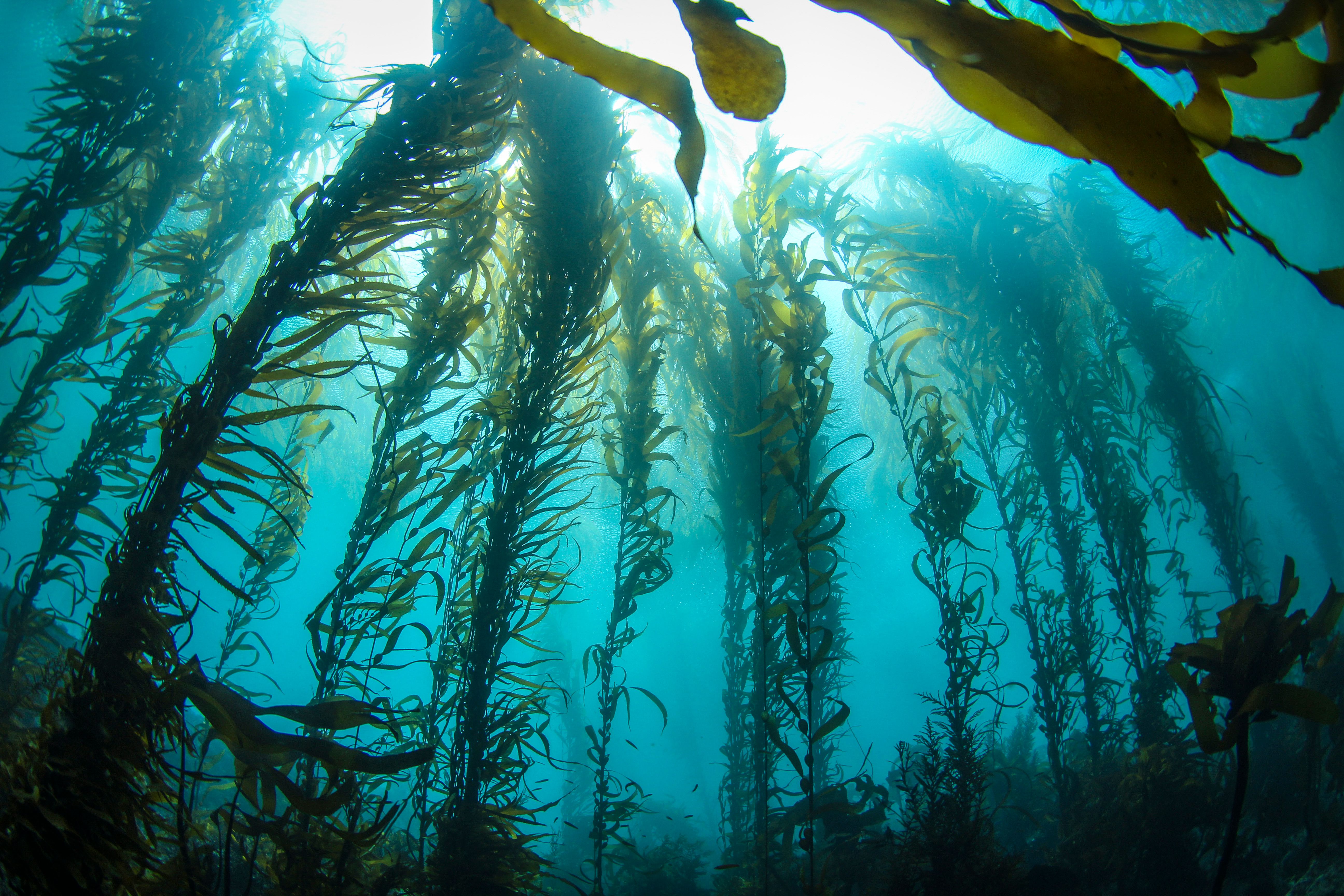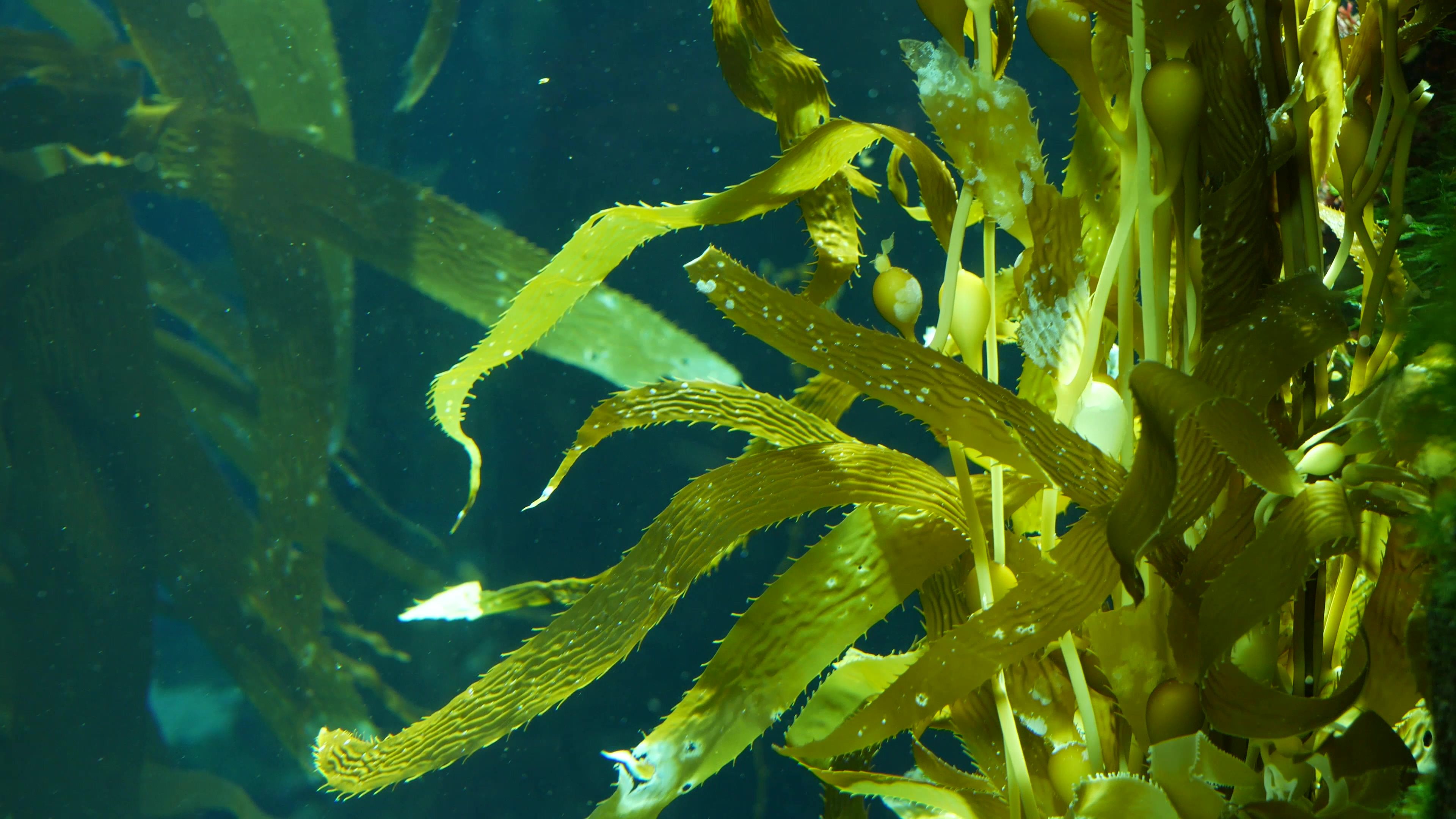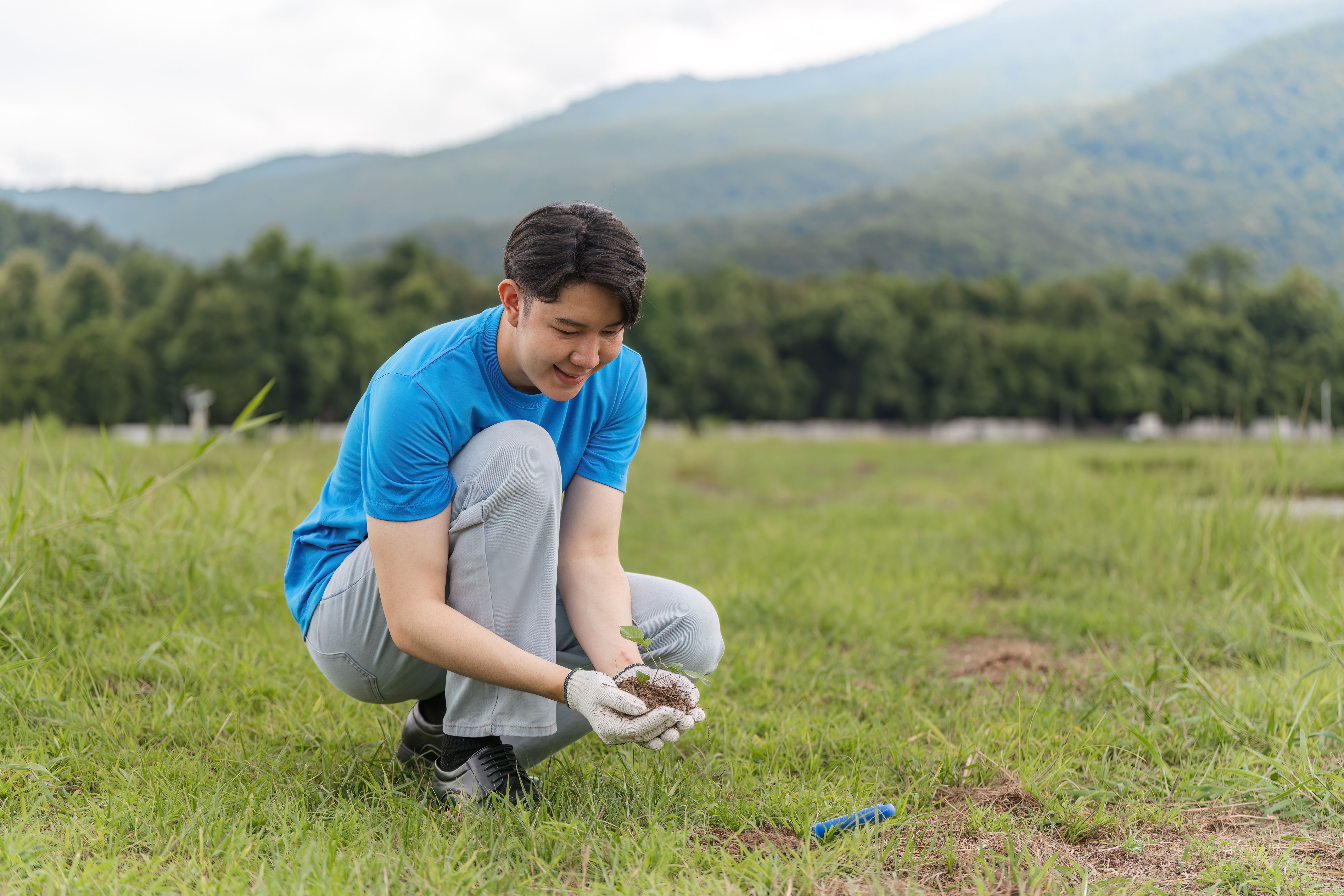Exploring Furbellow Kelp: The Life of Saccorhiza Polyschides
Discovering the Unique World of Furbellow Kelp
The ocean is teeming with fascinating life forms, and among them is a remarkable type of kelp known as Saccorhiza polyschides, commonly referred to as furbellow kelp. This distinctive seaweed is notable for its large, bulbous holdfast and impressive size, making it a subject of interest for marine biologists and ocean enthusiasts alike.
Furbellow kelp belongs to the brown algae group and is typically found in the northeastern Atlantic Ocean. It thrives in cold, nutrient-rich waters, often forming dense underwater forests that provide essential habitats for numerous marine species. These kelp forests play a crucial role in maintaining marine biodiversity and ecological balance.

The Life Cycle of Saccorhiza Polyschides
Furbellow kelp undergoes an intriguing life cycle that involves both sexual and asexual reproduction. It begins as spores released into the water, which settle on suitable substrates to grow into tiny gametophytes. These gametophytes then produce male and female gametes, which unite to form the sporophyte—the large, leafy plant that is most commonly seen.
The sporophyte can grow up to three meters in length, with a robust stipe and a broad, leathery blade. Its holdfast is uniquely adapted to anchor the kelp securely to rocky surfaces, allowing it to withstand strong ocean currents. This adaptation is crucial for its survival in the turbulent marine environment.

Ecological Importance of Furbellow Kelp
Furbellow kelp serves as a vital component of the marine ecosystem. Its dense forests provide shelter and food for a wide array of marine organisms, from small invertebrates to larger fish species. The kelp's structure offers protection from predators and harsh environmental conditions.
Moreover, these kelp forests contribute significantly to the ocean's carbon cycle. Through the process of photosynthesis, they absorb carbon dioxide, helping to mitigate the effects of climate change. The kelp's role in sequestering carbon highlights its importance in combating global warming.

Human Utilization and Benefits
Humans have also found various uses for furbellow kelp. It is often harvested for its alginic acid, which is used in numerous industrial applications, including food production, pharmaceuticals, and cosmetics. The kelp's high nutritional value makes it a popular ingredient in health supplements and culinary dishes.
In addition to its economic value, furbellow kelp has sparked interest in sustainable aquaculture practices. Cultivating this seaweed can help alleviate pressure on wild populations while providing an eco-friendly source of valuable materials.
Preserving the Future of Furbellow Kelp
Despite their benefits, furbellow kelp populations face threats from climate change, pollution, and overharvesting. Rising sea temperatures and ocean acidification can adversely affect their growth and reproduction, leading to declines in kelp forests.
Conservation efforts are essential to protect these valuable ecosystems. By implementing sustainable management practices and raising awareness about their ecological importance, we can ensure that furbellow kelp continues to thrive for generations to come.

In conclusion, furbellow kelp is a remarkable marine organism with significant ecological, economic, and cultural value. By exploring its complex life cycle, ecological roles, and human uses, we gain a deeper appreciation for this unique seaweed and the vital importance of preserving its natural habitats.
